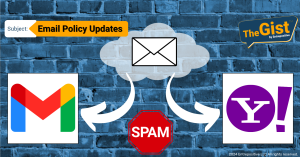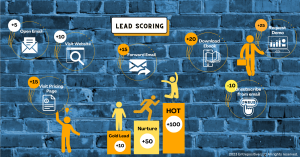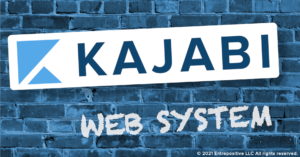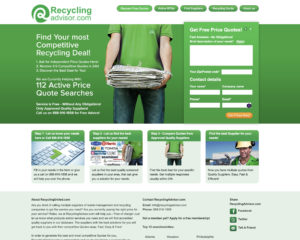You could be calling customers who are ready to buy from you. Your ideal customers.
A sales funnel is the marketing term for the process a customer goes through in your business from first discovery, through a sale and beyond. Your sales funnel is your behind-the-scenes roadmap for the customer lifecycle; it’s a framework of marketing messages and events that happen at specific points during a customer’s experience with your business, to keep them engaged, answer their questions and turn over every proverbial stone to narrow in on your ideal customers.
What do you mean, "Ideal customer?"
- to attract the customer you most want to be doing business with, and
- to deter everyone who does not (yet) want to be your customer.
It’s a filter, essentially and when it works correctly, you will spend more time closing business with ideal customers and less wasted time with everyone else.
Jump ahead:
Customers are Sophisticated
Never assume that just because you’ve got a great landing page, you’re all set. The landing page is the greeting, and everything after that is the conversation. Your sales funnel needs to speak to your customers and nurture them as they consider their purchase. A genuine digital experience has to happen here, and it needs to feel authentic; there are no shortcuts in sales funnels.
Purchase Decisions are Made Over a Time Span
Strong sales funnels capture and hold viewer attention for a period of time as a purchase decision is made. During this period, value should be continually offered, inviting these soon-to-be customers deeper into the funnel. By escalating commitment and offering smaller, low-stakes options early and throughout the customer’s journey, you can gradually earn trust and build toward bigger commitments.
Build Trust Over Time
The key asset in a sales funnel is automation. Automation is a resource that has changed the landscape of digital marketing. Newsletters might get ignored but personalized email drip campaigns offer a more specific way of communicating with your future customers. Using great content with consistent cross-platform messages, you can build yourself a channel for trust that spans multiple email messages, helping to guide a decision process.
Save Time for Your Ideal Customers
The automations you set up, along with strategic segmentation, can offer a priority to a growing contact list. Those who aren’t interested at all will opt out early, saving time and money; and those who go all the way are likely primed and ready to buy. They are your ideal customers.
Customer Stages in the Sales Funnel
Here’s a breakdown of the stages in the sales funnels and what you should think about in each stage.

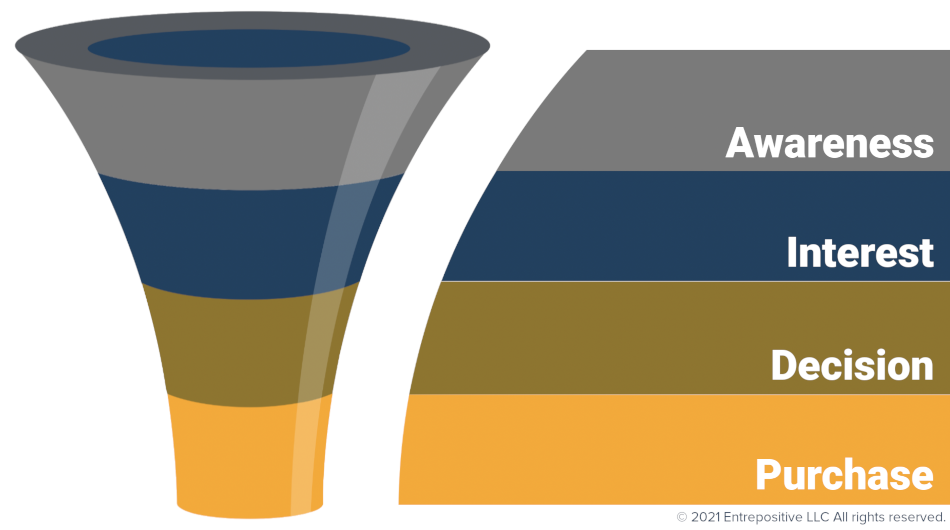
Awareness
Awareness is the first step as your future customers are only just learning about your brand, products or services offered. And before someone buys something from your business, they aren’t yet a customer, so let’s call them visitors. These visitors can become aware of your brand in many ways:
- an internet search,
- a link on another website, or
- a post they see while scrolling social media content.
These visitors are looking for a specific solution, they’re looking for someone who understands their problem and knows exactly how to solve it. In this stage your sales funnel functions like a fishing net and you want to get your brand message in front of as many eyes in your target market as possible. Use this stage to build value in your brand.
Interest
In the interest stage, there are two major themes to consider:
- visitors are scrutinizing your offering to see if it fits their need, and
- visitors are more aware of their problem and actively seeking a solution
The second case includes your offerings but likely also includes competitors’ solutions as well as alternative solutions. (eg. You might be looking at cool restaurants to host your upcoming birthday party, but end up going to a concert instead.) This is the time to act fast and identify those real customers who need their problem fixed, and present them with the optimal solution, be that a product or service. Use this stage to build value in the specific solutions you provide, and connect with these visitors on other channels like social media.
Decision
Think for a moment what you do as you make purchase decisions. We all impulse buy sometimes, but for the pensive decisions you might investigate a bit, chew on the idea before you commit. You might do your due diligence, a bit of research on the product, service or brand you are considering, perhaps read what others have to say about past experiences with the brand. The same applies to your visitors – they want to learn more about you, so you should make this process very easy. Some people take a while to make decisions, and you need to be with them every step of that journey. Make it easy to get people in the door. Use this stage to build a connection, rapport with your soon-to-be customers; pick up the phone and call them. The decision stage can be further broken into sub-stages but that’s for a later article.
Purchase
In this final stage of the sales funnel, the customer makes a purchase and pays or commits to paying. And remember, not everyone needs a lot of time to make decisions; some just want to complete a purchase with you quickly, so your sales process should only require a few critical steps, and be very easy to navigate.
BONUS: The Afterthought for Thought
- detailed testimonials,
- solid referrals, and
- future, additional purchases
A captured customer should be retained and building value for your business; make sure you read up on customer retention (start here: the Customer Lifecycle). Get feedback and ask for referrals while the good impression is fresh on your customer’s mind. Give lots of opportunities to easily share their experiences with you on their favorite social media and email. The idea here is to intertwine this longevity thinking into each step of your process and the majority of your marketing messages, and of course where it intuitively makes sense, like right after a purchase, right after the use of a free tool you offer, etc. For more info how you can build a revenue-multiplying referral system, click here and provide your info; one of our growth experts will reach out to you directly.



